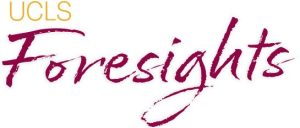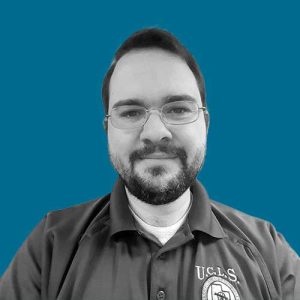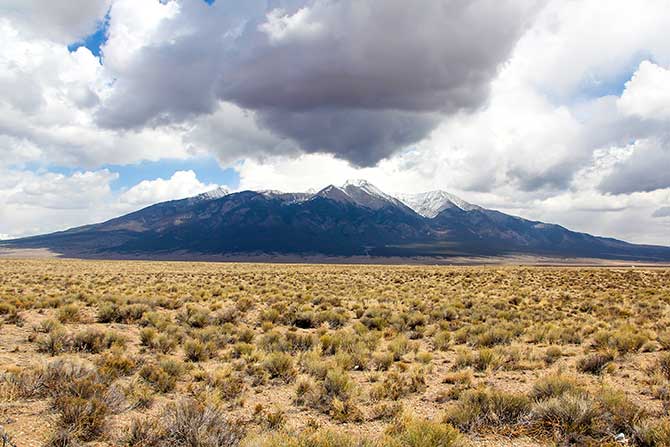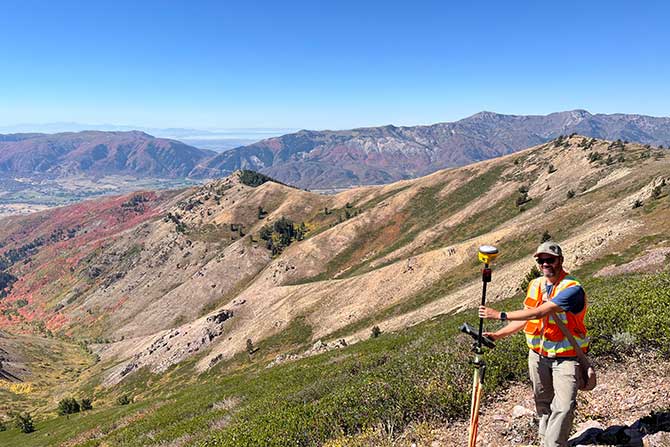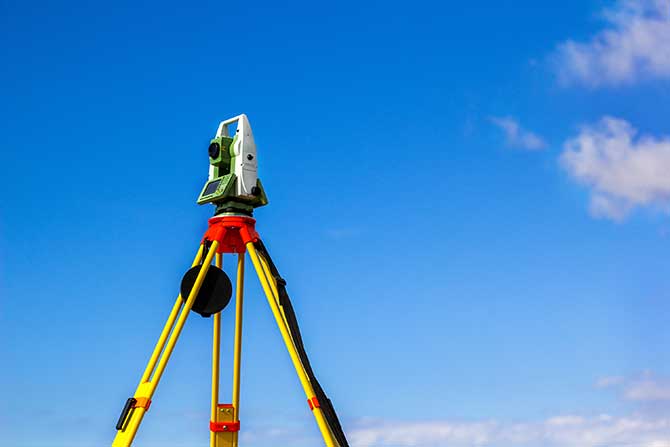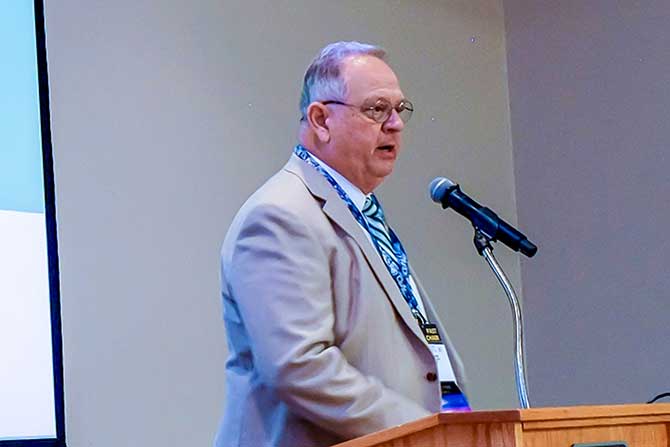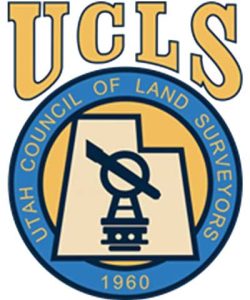In an effort to become a better surveyor, I applied for a geomatics degree from Utah Valley University in 2018. As part of the coursework, I was asked to prepare an investigative report on surveying history in Utah, and I decided to research the Old Spanish Trail. My research was personally enlightening and provided insight into my role as a land surveyor.
I knew that the Spanish were prolific explorers (they had reached the Alaskan coast by 1775), and I had read about the 1776 Domínguez-Escalante expedition, but I knew there was more to the Trail than that. I discovered that parts of the Trail were explored and measured by other Spanish explorers, like Catholic friars, frontiersmen and traders. They each left behind pieces of the puzzle with their maps, notes and observations. I began to find amazing connections and convenient timing between these explorers and their expeditions, culminating in the Old Spanish Trail. The Trail opened opportunity, travel, commerce and communication across the Southwest.
The notes and journals from the 1765 expeditions of Juan Rivera describe a route northerly from Santa Fe, New Mexico, looking for gold, silver and the legendary city of Teguayo. The expedition gathered parol evidence from an old Ute woman and left a marker near the Gunnison River for future explorers. Later, from the Pacific Coast, Fray Garcés, a Spanish friar, used a compass, quadrant and charts to calculate his latitudinal position between Los Angeles, California, and Oraibi, Arizona. His notes and journals describe his participation in peace treaties between warring tribes.
The Domínguez-Escalante expedition had the Rivera notes and some of the same party members, and a timely letter written by Fray Garcés about his route from Los Angeles. They took the Rivera route to the Gunnison River (they found Rivera’s marker) and eventually reached Teguayo, the Utah Valley between Spanish Fork and Provo, before heading west to look for the overland route to California. Fray Garcés’ letter gave them a route back to Santa Fe when the weather turned foul. The Domínguez-Escalante expedition took measurements, spoke with local tribes, described weather patterns, observed the landscapes and wrote down everything they saw and found. Their expedition included a cartographer, Meira y Pacheco, who produced a beautiful map based on the expedition notes in 1778.
José Antonio Armijo gathered all of this preceding evidence, along with accounts from traders and hunters, to plan a route to Los Angeles, striking out from Santa Fe in 1929. With a mule train full of goods, he had to be successful! His notes detail the route he took to retrace the Domínguez‑Escalante expedition, following their footsteps through the Crossing of the Fathers (currently below Lake Powell) and up to the Virgin River. From there, they headed to the verdant Las Vegas Wash and along the Mojave River, using the Fray Garcés route to Los Angeles. After this success, others used the Trail for decades for commerce and travel.
My research into the Trail helped me see the broader aspects of land surveying. Although most of the individual explorers who searched for the overland route from New Mexico to California were substantially unsuccessful in connecting the two destinations, they had the foresight to keep notes and journals. They intended for others to follow in their footsteps and to eventually be successful. Following footsteps most often means going where our predecessors went: literally being where they were and seeing what they saw. Success was measured by how well others used their work.
The Trail’s explorers documented the routes, the terrain, the preparations, the peoples, the conflicts, the climates, the resources, the seasons and the scope of their expeditions. Sometimes they looked for their predecessors’ landmarks and markers. Often, the work needed measurements, like the explorers’ celestial observations or distances estimated in Spanish leagues. On the other hand, it could mean mending relationships between neighbors or peace-treaty participation. Sometimes it required researching the history of an area before deciding on the best route to take. It certainly includes documenting the work through field notes, journals and maps so that the latest work can be retraced. All of it is surveying, and these surveyors and explorers expected others to use and benefit from their surveys.
We could not imagine the Old Spanish Trail without a surveyor’s foresight to record stories with notes and maps. How good are we telling our stories for the people that follow us? The Trail was successful because people used it. Do clients also use our surveys to be successful? For these explorers, the Trail was adventurous and exciting. I am proud to be part of a profession that gives me this feeling of excitement.
